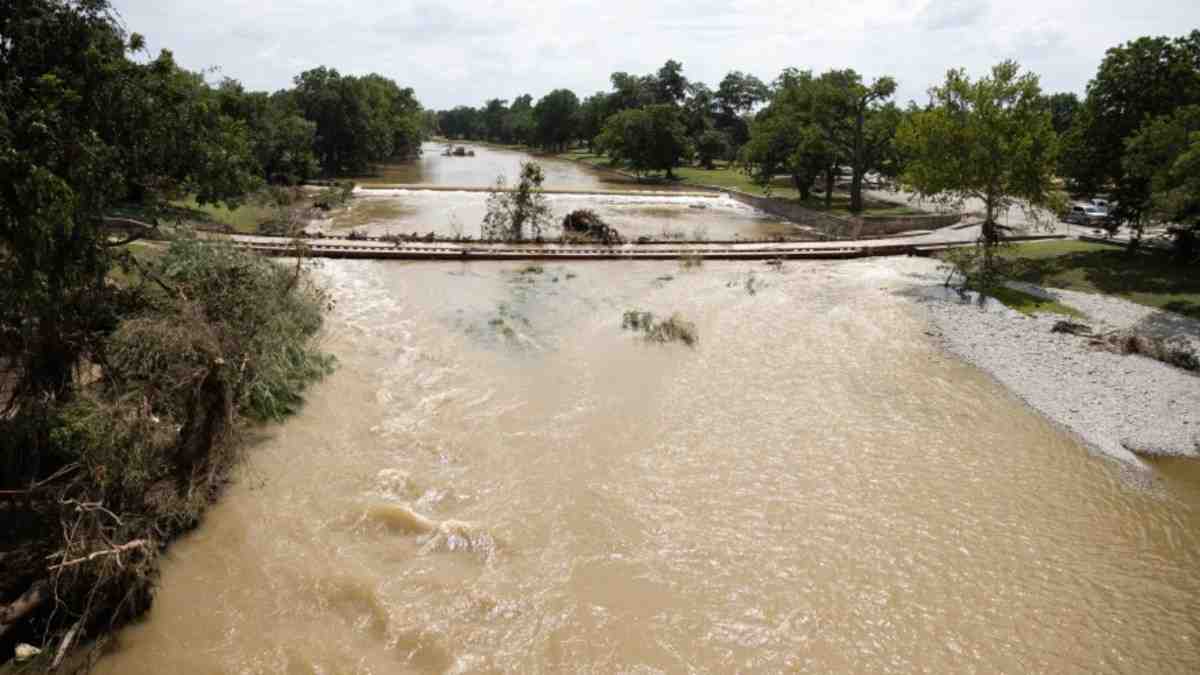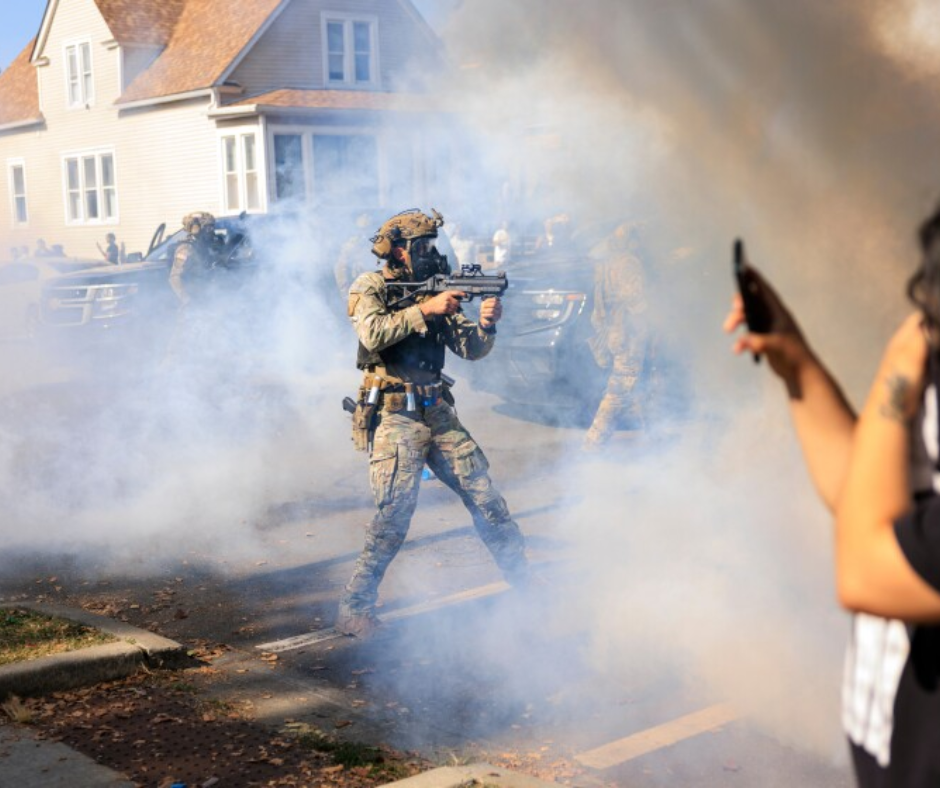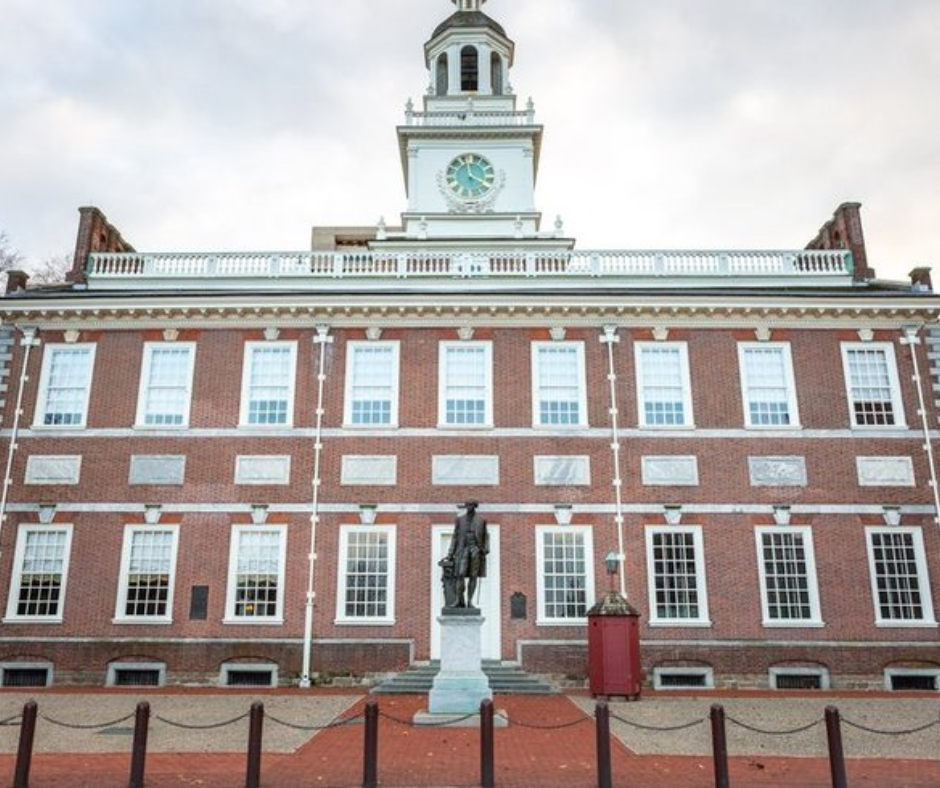
In a grim twist of fate, Austin’s long-awaited rain has turned from relief to ruin. The July 2025 flood has carved its name into Texas history as one of the deadliest flooding disasters, claiming over 130 lives statewide and 18 in the Austin area alone. As rivers swelled and dams strained, this calamity exp
STORY HIGHLIGHTS:
-
At least 18 dead in Austin-area July 2025 flood
-
Flood ranks 4th deadliest in Austin’s history
-
Over 130 dead statewide, with 100+ still missing
-
Rainfall reached 22 inches in parts of Highland Lakes
-
Lake Travis rose over 30 feet
-
Guadalupe River surged 26 feet in 45 minutes
After weeks of dry skies and the looming threat of drought, the people of Austin had been looking upward, hoping for clouds. And the skies responded — dramatically. As the first drops fell, many welcomed the much-needed relief. But the rain didn’t stop. By the time the storm system moved on, it had left devastation in its wake, making the July 2025 flood one of the deadliest disasters in Austin’s modern history.
This tragic event has once again reminded Texans of the city’s longstanding vulnerability to flash floods — and the deadly history that accompanies them.
A History Drenched in Disaster
Floods have shaped Austin’s landscape and history for nearly two centuries. Though modern developments have brought improved infrastructure and early warning systems, they haven’t erased the threat. In fact, the city’s geography — marked by steep hills and narrow waterways — makes it especially prone to sudden, severe flooding.
Historian and longtime Austin resident Carla Ruiz noted,
“People forget that this region is part of what we call ‘Flash Flood Alley.’ The soil doesn’t absorb water quickly, and the creeks rise fast. One intense downpour is all it takes.”
From the floods of 1843 and 1869 to the modern tragedies of the 1980s and beyond, Austin has seen the deadly side of nature repeatedly. The 1869 flood, for example, brought 64 hours of non-stop rain, sweeping away bridges and causing what would today amount to tens of millions in damage.
When the Dam Broke — Literally
Austin’s second deadliest flood came not from rain alone, but from human failure. In April 1900, a newly built dam on the Colorado River collapsed after heavy rainfall. What followed was a 50-foot wall of water crashing through downtown, destroying property and taking at least 50 lives.
The 1915 flood, driven by fast-rising creeks, added another 35 names to Austin’s death toll. Even decades later, in 1981, the Memorial Day floods caught many off guard, killing 13 and inundating neighborhoods around Williamson Creek.
The 2025 Flood: A Tragic Chapter Unfolds
Now, the flood of July 2025 takes its place as the fourth deadliest flooding event in Austin-area history. Over the July 4 weekend, relentless rain fell across Travis County and beyond, overwhelming rivers, dams, and emergency systems. At least 18 deaths have been confirmed locally, with more feared.
At the state level, the numbers are even more sobering. More than 130 people have been confirmed dead, with around 100 still unaccounted for as of July 17. If those numbers hold, the flood could soon become the second deadliest in Texas’ history.
A Quick Rise, A Sudden Threat
One reason for the devastation was the speed at which water rose. Flash floods struck hard and fast. The Guadalupe River, for instance, surged 26 feet in just 45 minutes, catching many off guard.
Hydrologist Marcus Ng explained,
“When you see rivers rise that fast, it becomes almost impossible for people in low-lying areas to get out safely. That’s the danger with flash flooding — there’s little warning, and even less time to respond.”
A Lake That Swallowed the Storm
The Highland Lakes system, built in the 1930s for precisely such weather, helped absorb much of the rainfall. Lake Travis alone rose more than 30 feet, peaking at over 673 feet. By comparison, the notorious 1991 “Christmas Flood” raised Lake Travis to its all-time high of just over 710 feet.
Rainfall totals were astonishing. Some areas received up to 22 inches of rain, more than half of Austin’s average annual precipitation — in just a few days.
Echoes of the Past
The loss of life and damage evokes painful memories. The 1921 flood, the deadliest in Austin-area history, claimed around 100 lives after a hurricane remnant parked itself over Thrall, a town near Taylor. Rain fell for 24 hours straight, and rivers burst their banks, overwhelming communities.
The Galveston Hurricane of 1900, still the deadliest flood in Texas — and U.S. — history, took at least 6,000 lives and obliterated thousands of homes.
The Numbers Speak
Deadliest Floods in Austin Region:
-
1921 Thrall Flood – ~100 dead
-
1900 Dam Failure – ≥50 dead
-
1915 Creek Floods – ~35 dead
-
2025 July Flood – ≥18 dead
Deadliest Floods in Texas:
-
1900 Galveston Hurricane – ≥6,000 dead
-
1921 San Antonio Flood – ≥200 dead
-
1913 Central Texas Flood – ~180 dead
-
2025 July Flood – ≥130 dead, 100+ missing
A Familiar Heartbreak
This month’s tragedy also recalls the 1987 Camp Guadalupe disaster, where 10 teens died trying to flee floodwaters during a summer camp. Similarly, this year, lives were lost at Camp Mystic, where the river rose too fast for campers to escape.
Emergency responder Danielle Keller said,
“There’s something especially heartbreaking when floods hit places meant for joy and safety — homes, schools, camps. You see lives forever changed in a matter of minutes.”
Prepared, But Not Protected
Despite flood mitigation systems, levees, and advanced forecasting, nature still finds its way. Central Texas’s topography and unpredictable weather patterns ensure that floods remain a constant threat.
As Austin begins its recovery, officials and citizens alike are asking the same question: What more can be done?
For now, the city mourns. And as waters recede, the memory of this flood — like so many before it — will linger in soaked soil and broken homes.
osed nature’s merciless rhythm. With flash floods rising within minutes and rainfall drowning the Highland Lakes region, Central Texas now stands drenched in loss — once again haunted by its perilous past and fragile geography.
As the waters slowly retreat, what remains is a trail of irreversible loss and a haunting reminder of nature’s force. The Austin flood of July 2025 stands not just as a statistical entry in Texas’s long flood history, but as a solemn chapter written in the lives of those affected. With infrastructure overwhelmed and families grieving, the tragedy underscores a recurring truth — that in regions like Central Texas, even the promise of rain can swiftly turn fatal. Preparedness may lessen impact, but the danger of sudden deluge will always linger in the shadows.
We appreciate you taking the time to read our most recent article! We appreciate your opinions and would be delighted to hear them. We value your opinions as we work hard to make improvements and deliver material that you find interesting.
Post a Comment:
In the space provided for comments below, please share your ideas, opinions, and suggestions. We can better understand your interests thanks to your input, which also guarantees that the material we offer will appeal to you. Get in Direct Contact with Us: Please use our “Contact Us” form if you would like to speak with us or if you have any special questions. We are open to questions, collaborations, and, of course, criticism. To fill out our contact form, click this link.
Stay Connected:
Don’t miss out on future updates and articles.








